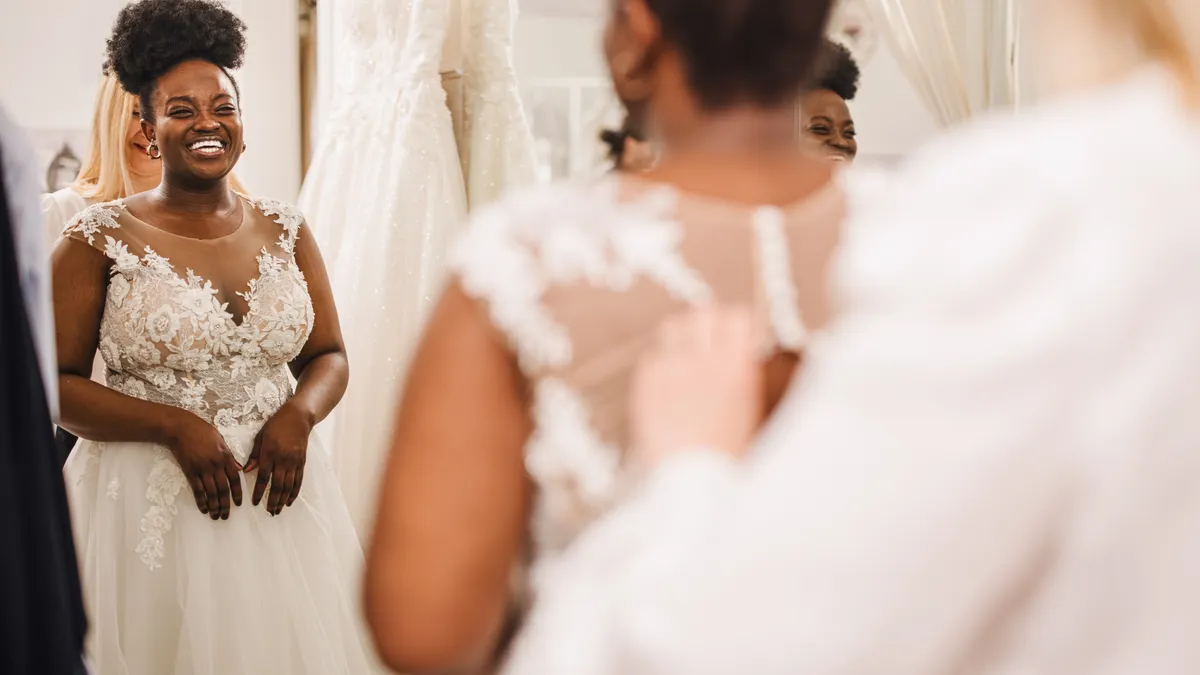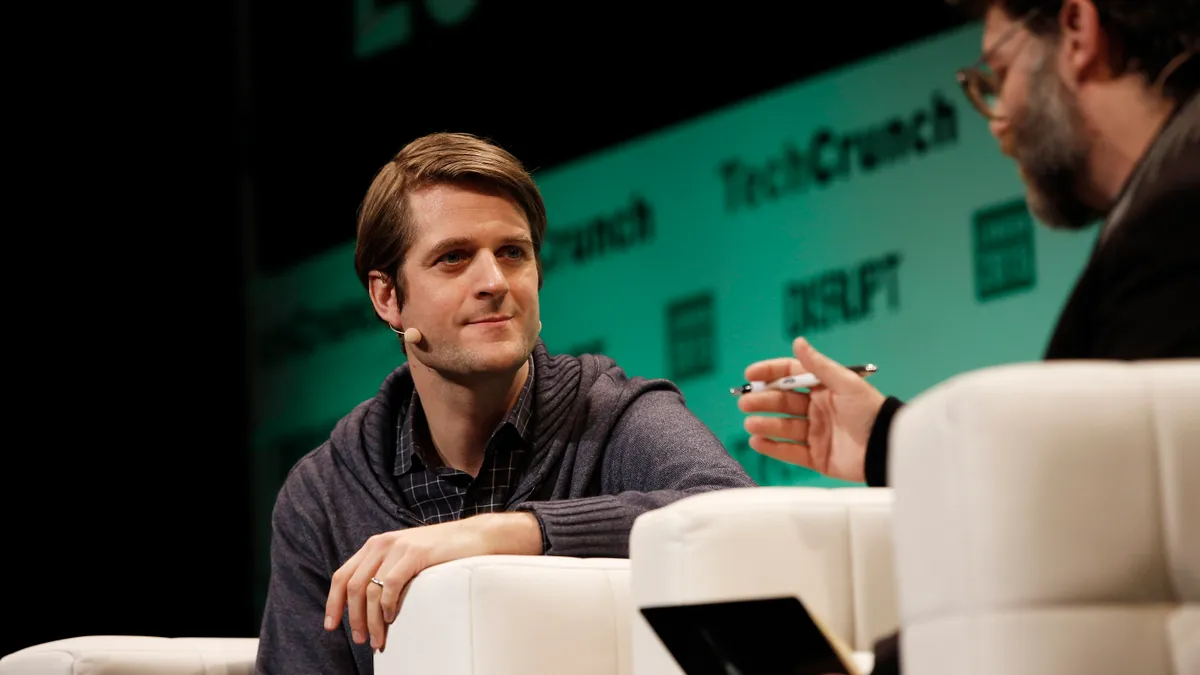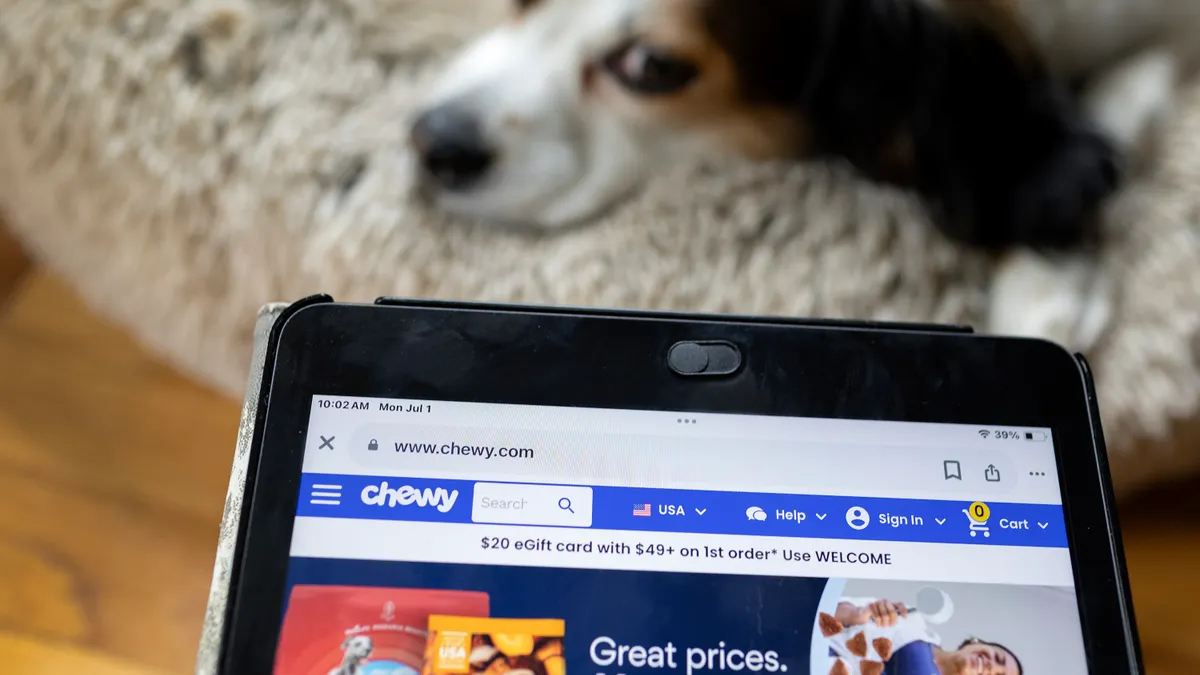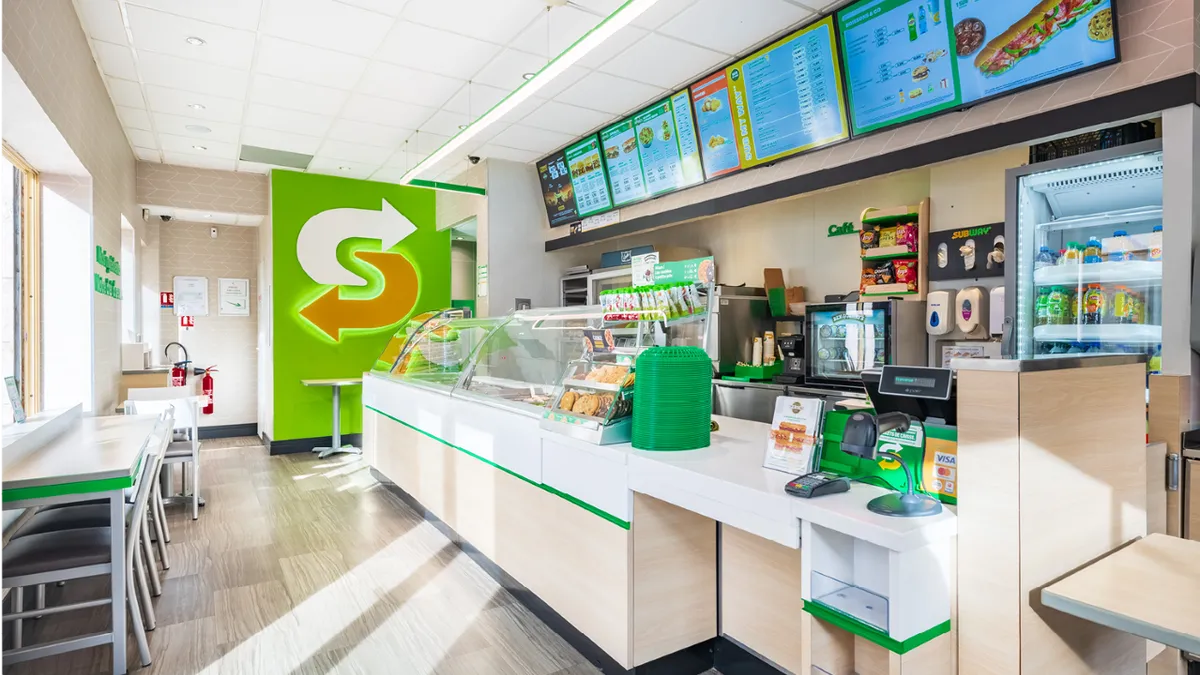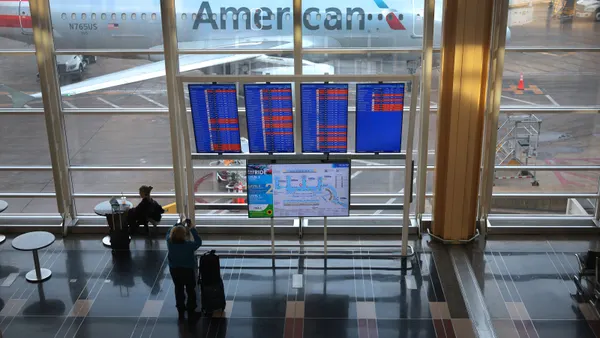When David’s Bridal added easier-to-access incentives to its Diamond Loyalty rewards program in October, it was responding to a growing customer demand from its business.
Discounts were the top loyalty incentive, but only brides had access to them, and not every bride purchases a new dress for her wedding. So why not open the primary loyalty benefits to the entire wedding party?
Diamond Loyalty’s emphasis on brides makes it different from many other loyalty programs, but its development strategy and ultimate goal are largely the same. The company listens to customers, looks at the data, and shapes its loyalty incentives to create a program that blends CX and marketing to benefit customers and the company alike.
Diamond Loyalty is approaching 3 million members and has given away its most exclusive reward — a free honeymoon — 1,000 times since its launch in late 2020, according to Kelly Cook, president of brand, technology and finance at David's Bridal. The program is responsible for about three-quarters of David’s Bridal’s sales.
“Our members perform so much better than non members,” Cook told CX Dive. “They are our cream of the crop. And so we really want to make sure that we're providing them the absolute best experience.”
Why a wedding loyalty program isn’t crazy
The Diamond Rewards program is a relative latecomer to the loyalty game because, at its core, the brand’s business model seemed at odds with the long-term focus of a rewards program.
“When we launched it, everybody thought we were crazy,” Cook said. “It's like, ‘Why does a wedding company need a loyalty program? Are you going to get married 12 times and come to David's every single time?’”
Then the challenges of COVID-19 led the brand to rethink the value a loyalty program could provide.
David’s Bridal dug into its data and determined that the average bride invites 200 people to her wedding, half of whom are women, according to Cook. Two-thirds will buy a new dress for the event, meaning each wedding represents 66 potential purchases.
The bride and her party earns points for each person who buys a dress for the wedding, providing an incentive to shop with David’s Bridal. And while the retailer is focused on wedding apparel, it offers a range of special occasion and event dresses, according to Cook. If Diamond Loyalty can get these shoppers in the door, a good experience gives them an incentive to come back.
With this in mind, Diamond Loyalty is designed to benefit the bride without adding friction to others’ shopping experiences, Cook said. Diamond’s integration with the Pearl wedding planning app is key to making the program as smooth as possible.
Pearl offers brides note cards they can send out with their wedding invitations. The cards detail how Diamond Loyalty benefits the bride and her party, and notes that all invitees need to do is share the bride’s phone number when they make their purchase.
The art and science of loyalty design
Loyalty programs seek to strike a balance between interest and simplicity, with incentives that stand out from the competition but a structure that makes earning and redeeming rewards intuitive.
Finding that balance is a combination of art and science, according to Cook.
At David’s Bridal, this includes looking at customer reviews every morning in ascending order, starting with one-star reviews and working up to five-star reviews. This approach helps the company keep an eye out for any major problems and quickly act when problems arise, Cook said.
The company also listens to broader feedback about what customers want out of Diamond.
One area receiving feedback was the difficulty to earn rewards. Diamond Loyalty used to offer brides extra gifts and discounts starting at 3,000 points, for $3,000 spent across her wedding. The program now has tiers at the 1,000 and 2,000 point levels in response to customer demand.
“We're always talking to Diamond members, and the Diamond members told us, ‘Look, I'm on a tighter budget. I have less disposable income,’” Cook said.
The lower tiers, with associated perks like free photo coasters and discounts on certain wedding services, are designed to ensure all Diamond Loyalty members can access extra benefits.
The company also took economics into consideration when calculating the new tiers and their benefits.
“The No. 1 thing you have to do with a loyalty program is make it simple, or they won't use it,” Cook said. “We could find out through our economics and our forecasting and modeling that the bottom tier should really be at $1,150. Well, we're not doing that. We're going to make it easy to remember.”
Diamond will continue to expand based on the combination of customer feedback and economics. While David’s Bridal found it important to create lower tiers in 2024, Cook expects Diamond to further build on its high-end tiers in the coming year due to the early success of Pearl.
The bridal experience is the best marketing
Cook believes that there is no line between marketing and CX, which is reflected in how Diamond Loyalty’s rewards draw more shoppers to David’s Bridal.
The bride is the ultimate influencer, according to Cook. Her wedding party and guests are going to follow her lead on where to shop and where to avoid, and if she has a great experience with David’s Bridal, she becomes a powerful marketing force multiplier.
“The bride is the influencer for all the other purchases, which is different from a normal retailer, like a Kohl's,” Cook said. “Brides influence $74 billion of annual spend. That’s the apparel, that’s the tuxedos, that's the venue, that's the flowers, that's the music, that's the DJ, that's the food.”
Few other industries have a singular influencer like a bride, but the same principle applies to the relationship between CX and marketing no matter where you go, according to Cook.
Word of mouth is one of the most powerful forms of marketing, and social media gives every customer a megaphone. Marketers used to tell the brand story, but now potential customers listen for that story from other shoppers.
“You can't have a great dichotomy between what the brand is saying they are and what a customer is experiencing,” Cook said. “It just doesn't exist anymore.”


